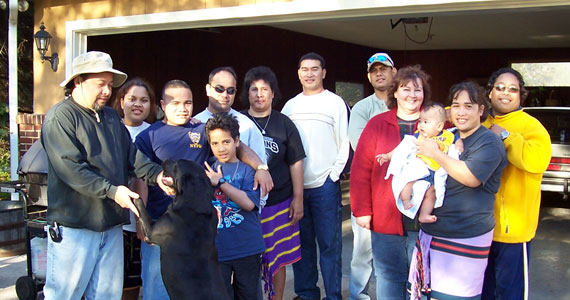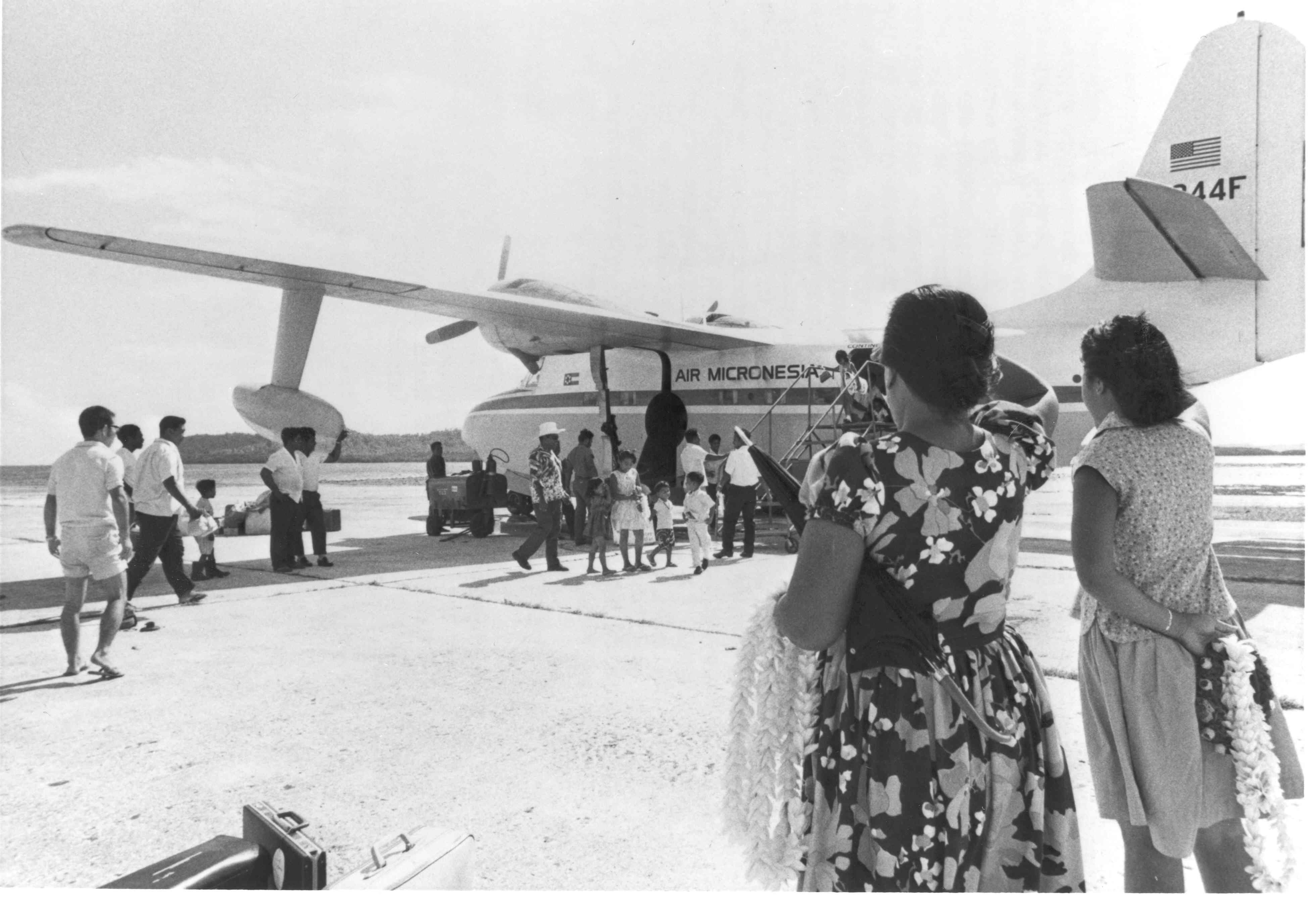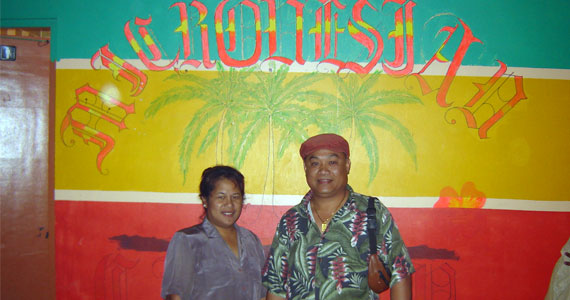FSM Migrant Survey Results
Over the past several months, some of us have been working on a survey of Micronesian migrants to the US and its territories.? The point of the exercise was to put numbers to what we all know has been an explosion of emigration from the islands. Since there has been no increase in jobs in the islands, people are bringing their families abroad to find employment there.
The Federated States of Micronesia (FSM), with a population of slightly more than 100,000 has a total of 50,000 of its people living overseas.? So, one out of every three of its people is a migrant or at least born to a migrant family.? About 16,800, or one-third of the total, were born in US soil.
Where do they go?? Just about half of them (24,000) wind up in the mainland US. Another 8,000 are to be found in Hawaii, 13,500 are in Guam, and 4,300 are in the Northern Marianas.? Guam is receiving not quite 400 new migrants each year, and Hawaii has been adding 450 a year.? But the most popular destination by far is the mainland US, with 1,200 new migrants arriving each year (400 of them by way of Guam or Hawaii).
For years now I’ve been denying what writers call a ?brain drain??the loss of the best and brightest young people to overseas destinations. In the past the most highly educated appeared to be returning to the islands after college to look for government positions, but that has evidently changed. Our survey data show that the percentage of migrants in the US with full college degrees is higher than the resident population in FSM.
Micronesian migrants in Guam and Hawaii have received unwelcome publicity for their rates of homelessness and crime.? Although both of these problems are no worse today than they were 20 years ago, they still are pressing concerns. This is not the case in the mainland US, however.? There is no indication of any measurable homelessness, and the crime rate among FSM migrants appears to be no worse than in the general population.
Our data does not confirm the stories that were told not many years ago about overcrowded apartment units, with new arrivals forced to sleep on the balcony.? The average household on Guam contains 5.4 persons, and the average is just 4 in Hawaii and the mainland US. Nearly everyone who is capable of earning an income does so, most with steady entry-level jobs, but others from occasional work or contracted labor, retirement benefits, or Social Security checks. In the mainland US nearly 60 percent of the migrants are earning money in some way or other, and their income reflects it.? In Guam and the Northern Marianas, the average individual income for migrants is close to $5,000 a year.? In Hawaii the average is a little over $10,000, while in the mainland US the average is about $16,000.
Migrants in the US have a high rate of health insurance (67 percent) compared to those in Hawaii and Guam. They receive far fewer benefits than migrants in other places.? But then again, housing is cheap in favorite destinations like Kansas City and Portland, and there is unskilled factory work to be found all over.
If you?re looking for a place to land overseas, then, all the indicators point to the mainland US as the best option.? The advice an American counselor used to give Micronesians on the move is this:
“Go east, young man. Go east.”





